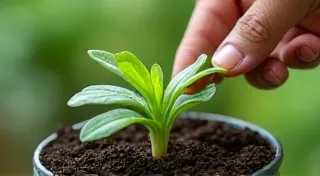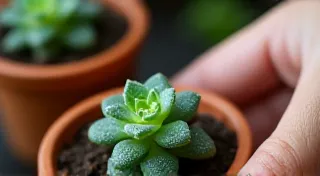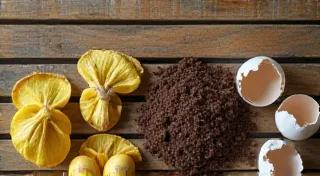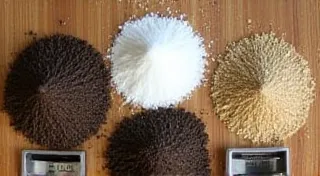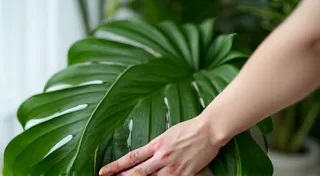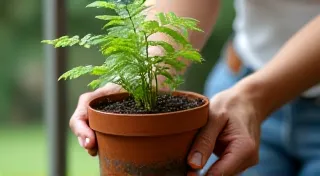Sunlight Secrets: Finding the Perfect Spot for Your Indoor Plants
Bringing plants into your home is a wonderful way to add life, color, and even improve air quality. However, one of the most crucial aspects of plant care often confuses beginners: sunlight. Not all plants are created equal when it comes to their light needs. Understanding these differences is key to ensuring your houseplants thrive. A plant struggling despite your best efforts? It might be a light issue, and understanding this will often solve the problem.
Understanding Light Levels
Before you even think about where to place your new plant, let's break down the different levels of light:
- Bright, Direct Light: This refers to sunlight that shines directly on the plant for several hours a day. Think of a south-facing window (in the Northern Hemisphere) or a north-facing window (in the Southern Hemisphere). Plants needing this type of light will often thrive near these windows.
- Bright, Indirect Light: This means the plant is near a bright window, but the direct sunlight is filtered or diffused. This can be achieved by using sheer curtains or placing the plant a few feet away from the window.
- Medium Light: This is further away from a window, or in a room with less natural light. Plants in medium light will need to tolerate lower light conditions. Often, plants in these conditions require careful attention to their nutrient intake; you might find fertilizing your houseplants is essential for robust growth.
- Low Light: This refers to areas far from windows or in rooms with minimal natural light. While some plants can survive in low light, they’d likely do better with a bit more light.
Image: A split image showing a plant thriving in bright, direct sunlight versus a plant struggling in a dark corner.
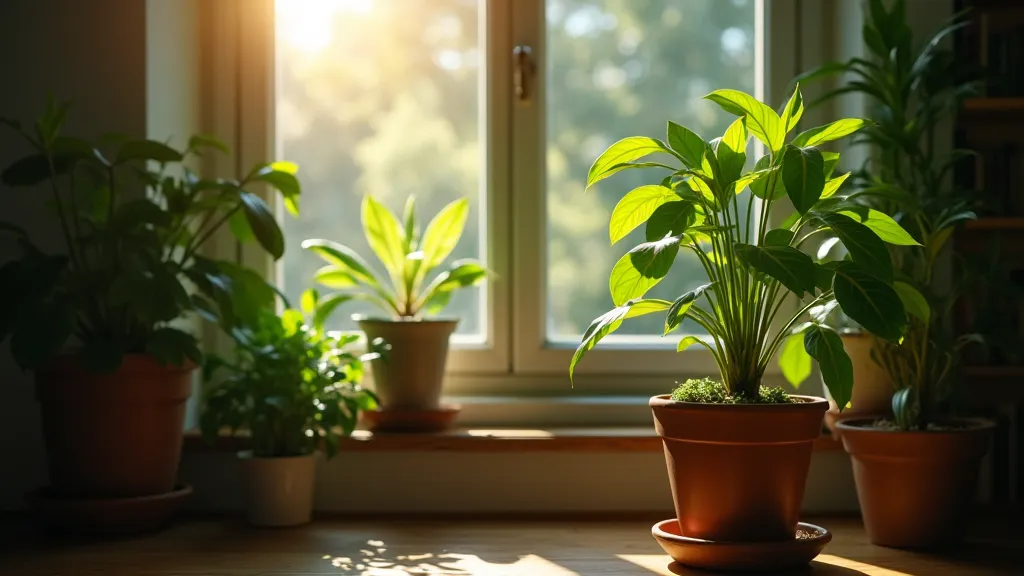
How to Determine Your Home's Light Levels
Don't assume you know your home’s light levels! Here's how to assess them:
- Observe the Sun's Path: Track how sunlight moves through your windows throughout the day. Note the hours of direct light and the intensity of the indirect light.
- Use a Light Meter (Optional): A light meter, either a dedicated device or a phone app, can give you a more precise reading of light intensity.
- Consider Obstructions: Tall buildings, trees, or other structures outside your windows can significantly impact light levels.
- Assess Room Color: Darker-colored rooms absorb more light, while lighter-colored rooms reflect light and can make the space feel brighter.
- Consider Humidity: Light and humidity often go hand-in-hand. Plants in brighter spots often dry out more quickly, so maintaining adequate moisture is key. You might find humidity hacks for happy houseplants essential for overall health and vibrancy.
Matching Plants to Light Conditions
Once you know your home’s light levels, you can start choosing plants that will thrive. Here are some general guidelines:
- Bright, Direct Light Plants: Succulents (like Echeveria and Sedum), Cacti, Citrus trees. These plants are sun-worshippers and need those intense rays to flourish. Ignoring their need for light can quickly lead to etiolation (weak, stretched growth).
- Bright, Indirect Light Plants: Fiddle Leaf Fig, Monstera Deliciosa, Bird's Nest Fern. These beauties enjoy bright conditions but need protection from harsh, direct sunlight, which can scorch their leaves.
- Medium Light Plants: Peace Lily, Snake Plant, ZZ Plant. While they can tolerate lower light, they'll appreciate a bit more brightness for optimal growth and flowering.
- Low Light Plants: Cast Iron Plant, Pothos, Chinese Evergreen. Don't be fooled by their tolerance of low light; even these plants will benefit from occasional brighter conditions. Rotating them occasionally can help ensure even growth.
- Troubleshooting Growth Issues: If your plants aren’t thriving, it’s not always about light. Problems like pests or nutrient deficiencies can also play a role. Understanding these common common houseplant problems and how to solve them can be the key to unlocking their full potential.
Image: A collection of various houseplants labelled with their light requirements (Bright, Indirect, Medium, Low).

Troubleshooting Light-Related Problems
If your plant isn’t doing well, consider its light exposure. Sometimes, a little detective work is all it takes to figure out what’s going wrong.
- Signs of Too Much Light: Scorched leaves, bleached-out color, dry soil drying out rapidly. Move the plant to a less intense location. The tell-tale signs of sunburned foliage are often a clear indication that a relocation is needed.
- Signs of Not Enough Light: Long, leggy growth (stretching towards the light), small leaves, lack of flowering, dropping leaves. Move the plant closer to a window or consider using a grow light. Leggy growth, where the stems are long and thin, is a classic sign of a plant desperately reaching for light.
- Beyond Light: Remember, light is just one piece of the puzzle. Maintaining proper watering and humidity are equally important.
Supplemental Lighting
If you don’t have enough natural light, don’t despair! Grow lights can be a fantastic solution. There are many types of grow lights available, from simple LED bulbs to more sophisticated full-spectrum fixtures. Research the best type for your plants' needs and your budget. Consider the light spectrum; blue light promotes leafy growth, while red light encourages flowering.
Think about the aesthetic too – grow lights don’t have to be an eyesore! Many stylish options blend seamlessly into home decor. Remember, even plants that thrive in low light can benefit from a little supplemental light, especially during shorter days.
Image: A small houseplant growing under a modern LED grow light, showing a close up of the leaves.
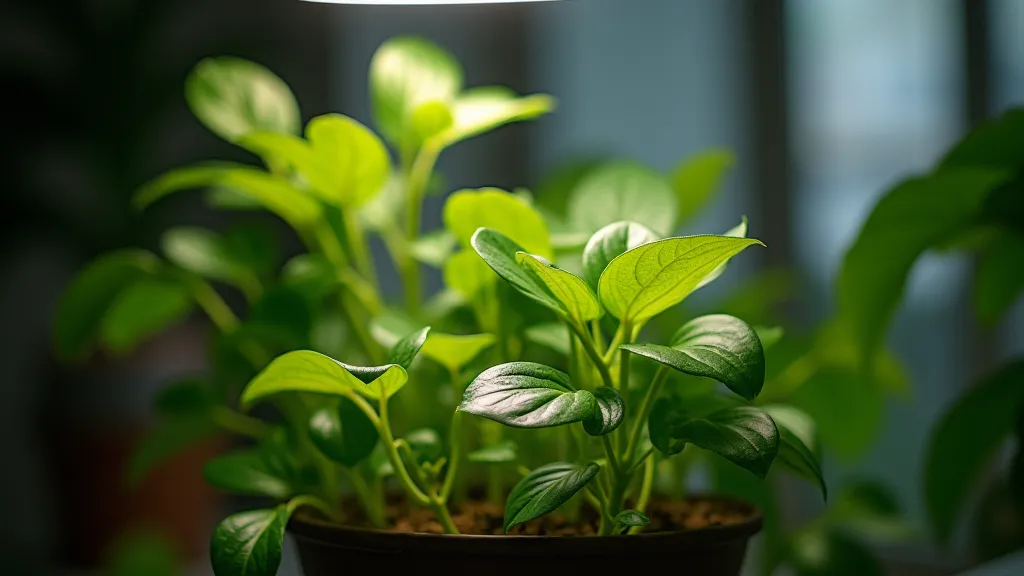
Understanding Propagation & its Light Needs
Often, after you understand the light needs of your plants, you're inspired to expand your collection! When you’re propagating houseplants, remember that baby plants have unique light requirements. They generally prefer bright, indirect light until they develop a robust root system.
Conclusion
Finding the perfect spot for your indoor plants is a process of observation and experimentation. Pay attention to your plants' needs, assess your home’s light levels, and don’t be afraid to move things around until you find the sweet spot. With a little effort, you can create a thriving indoor jungle! Happy growing!
